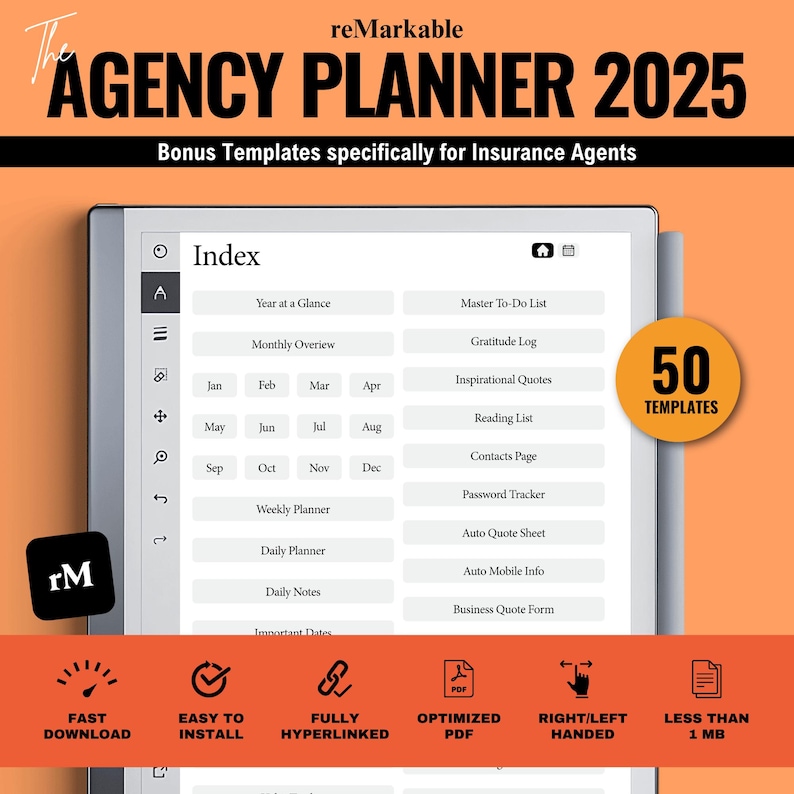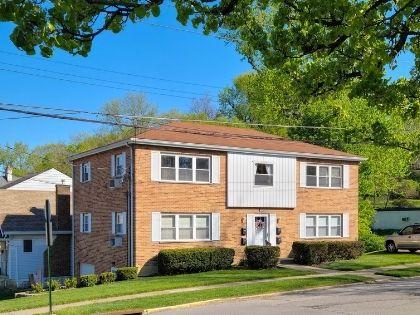Owning a multi-unit property can be a fantastic way to build wealth and generate steady rental income. But with great opportunities come unique challenges—especially when it comes to protecting your investment. That’s where landlord insurance steps in. If you’ve ever wondered how to tailor your coverage to meet the needs of a multi-unit building, you’re in the right place. In this post, we’ll share practical tips and insider advice to help multi-unit property owners like you secure the best landlord insurance, so you can focus on growing your rental business with peace of mind. Let’s dive in!
Table of Contents
- Choosing the Right Coverage for Multi-Unit Properties
- Understanding Liability Risks and How to Protect Yourself
- Tips for Protecting Your Rental Income and Avoiding Common Claims
- How to Prepare for Natural Disasters and Unexpected Events
- In Summary
Choosing the Right Coverage for Multi-Unit Properties
When insuring multi-unit properties, it’s crucial to analyze the specific needs of your building and tenants. Traditional landlord insurance might not be enough, so consider policies that offer comprehensive protection tailored to multiple units. These might include coverage for structural damage, liability for common areas, and loss of rental income should any unexpected event render your property partially or fully uninhabitable. Always review policy options that cover both property and liability risks, ensuring you’re protected from various angles given the complexity of managing several units under one roof.
Additionally, don’t forget to ask about these key features when selecting your coverage:
- Individual unit coverage: Protection for tenant belongings and unit-specific damages.
- Common area liability: Safeguards communal spaces like hallways and laundry rooms.
- Loss of rental income: Compensates for lost rent during repairs.
- Flexible deductibles: Options to balance your premium and out-of-pocket expenses.
Having the right mix ensures both you and your tenants feel secure, and it helps to avoid costly surprises down the road.
Understanding Liability Risks and How to Protect Yourself
Owning a multi-unit property comes with a unique set of liability concerns that can quickly become costly without proper preparation. From slip-and-fall accidents in common areas to disputes between tenants, the range of potential risks is broad. Understanding these risks means recognizing scenarios where you could be held responsible, including injuries resulting from property maintenance issues, security lapses, or even negligence in managing tenant behavior. Being proactive by regularly inspecting your property and promptly addressing hazards can go a long way in minimizing exposure.
Protecting yourself requires more than just vigilance; it demands a solid insurance strategy tailored to the complexities of multi-unit ownership. When evaluating policies, consider these essential coverage aspects:
- General liability protection to cover bodily injuries and property damage claims
- Loss of rent coverage to mitigate income interruptions caused by unforeseen events
- Legal expenses coverage for disputes or lawsuits involving your property
- Damage caused by tenants or vandalism
Combining these with clear lease agreements and tenant screening processes creates a strong defense against liability risks, ensuring peace of mind along with financial security.
Tips for Protecting Your Rental Income and Avoiding Common Claims
To safeguard your rental income, it’s essential to get proactive rather than reactive. Start by maintaining detailed records of all rental agreements, payment histories, and communications with tenants. This documentation can serve as crucial evidence should any disputes arise. Implementing thorough tenant screening processes also helps minimize potential issues—check credit scores, verify employment, and request references to find reliable occupants who are more likely to pay rent on time and take good care of your property.
Additionally, regular property inspections not only help spot maintenance problems early but can reduce the risk of claims related to property damage or tenant injury. Consider these key strategies:
- Schedule seasonal inspections to catch wear and tear before it escalates.
- Maintain open communication with tenants to address concerns promptly.
- Invest in quality landlord insurance tailored specifically to multi-unit properties.
- Keep common areas well-lit and hazard-free to prevent accidents.
By combining these practical steps with a solid insurance plan, you not only protect your rental income but also create a safer, more appealing living environment—reducing common claims that can drain your resources.
How to Prepare for Natural Disasters and Unexpected Events
When it comes to safeguarding your multi-unit property, proactive preparation is key. Start by creating a comprehensive emergency plan that addresses the unique challenges of multiple tenants and units. This plan should include clear evacuation routes, designated meeting points, and a communication system to keep tenants informed during a crisis. Providing tenants with safety information and encouraging them to have their own emergency kits can further reduce risk. Additionally, regularly inspect your building for vulnerabilities like weak roofs, outdated electrical wiring, or poor drainage that could worsen the impact of natural disasters.
Consider implementing the following steps to enhance readiness:
- Invest in quality backup power solutions to maintain essential functions during outages.
- Maintain updated contact lists for all tenants and local emergency services.
- Secure vital documents, including insurance policies and property records, in a waterproof, fireproof safe.
- Work with your insurance agent to ensure coverage adequately reflects the risks your property faces.
In Summary
Thanks for sticking with us through these landlord insurance tips! Owning a multi-unit property comes with its unique challenges, but with the right coverage in place, you can protect your investment and sleep a little easier at night. Remember to regularly review your policy, understand what’s covered (and what’s not), and don’t hesitate to consult with an insurance professional to tailor your plan to your specific needs. Here’s to smart protecting your property and maximizing your peace of mind—happy renting!






